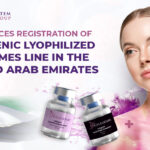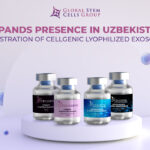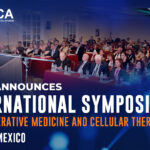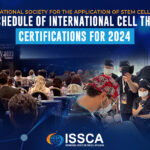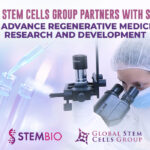One of the main things that causes many people cosmetic distress and low self esteem is acne scarring. Most of us have some kind of experience when it comes down to scarring, but the most embarrassing scars are the ones that are out in the open. Such as on our faces. So what can Platelet Rich Plasma do for this?
Well, both the Department of Dermatology, Venereology, and Leprosy, as well as the National Institutes of Medical Sciences have indicated that it can be used as a viable treatment for eliminating scars. One study, done by the Department of Dermatology, Venereology, and Leprosy, sought to evaluate just how effective and safe PRP therapy can be, especially when combined with microneedling. Microneedling has been a common treatment on its own for acne scars, using distilled water, for a long time.
The way that Microneedling works is that it is used to initiate collagen synthesis on the face, thus allowing the skin to heal itself. What it does is cause micro injuries to the skin of the face using small needles. However, since the needles are so small and fine, that it does not cause any serious injury. The initiation transmits electrical signals, which calls on the body to begin a healing process, by causing small inflammation and bringing growth factors to the area.
This healing process causes new blood cells to form, and thus helps to remove the scarring over time. General treatment times are known to take from just a couple of weeks up to a year in many cases. 50 patients were involved in this study, all aged 17-32, and all suffering from acne scars.
On one side of the face, they used regular distilled water combined with the microneedling procedure, and on the right they used a topical solution of PRP. After 3 treatments giving withing the time span of a 3 months, each treatment being 1 month apart, the results that used PRP was much more likely to show improvement over the distilled water group. This would be 62.2% improvement vs 45.8% respectively. This showed that PRP can have great success in managing acne scars, and helping to make them go away.
This shows that when it comes to PRP therapy, the science again shows that there is a good and significant use for it. So what is stopping you from implementing this therapy for your patients?
